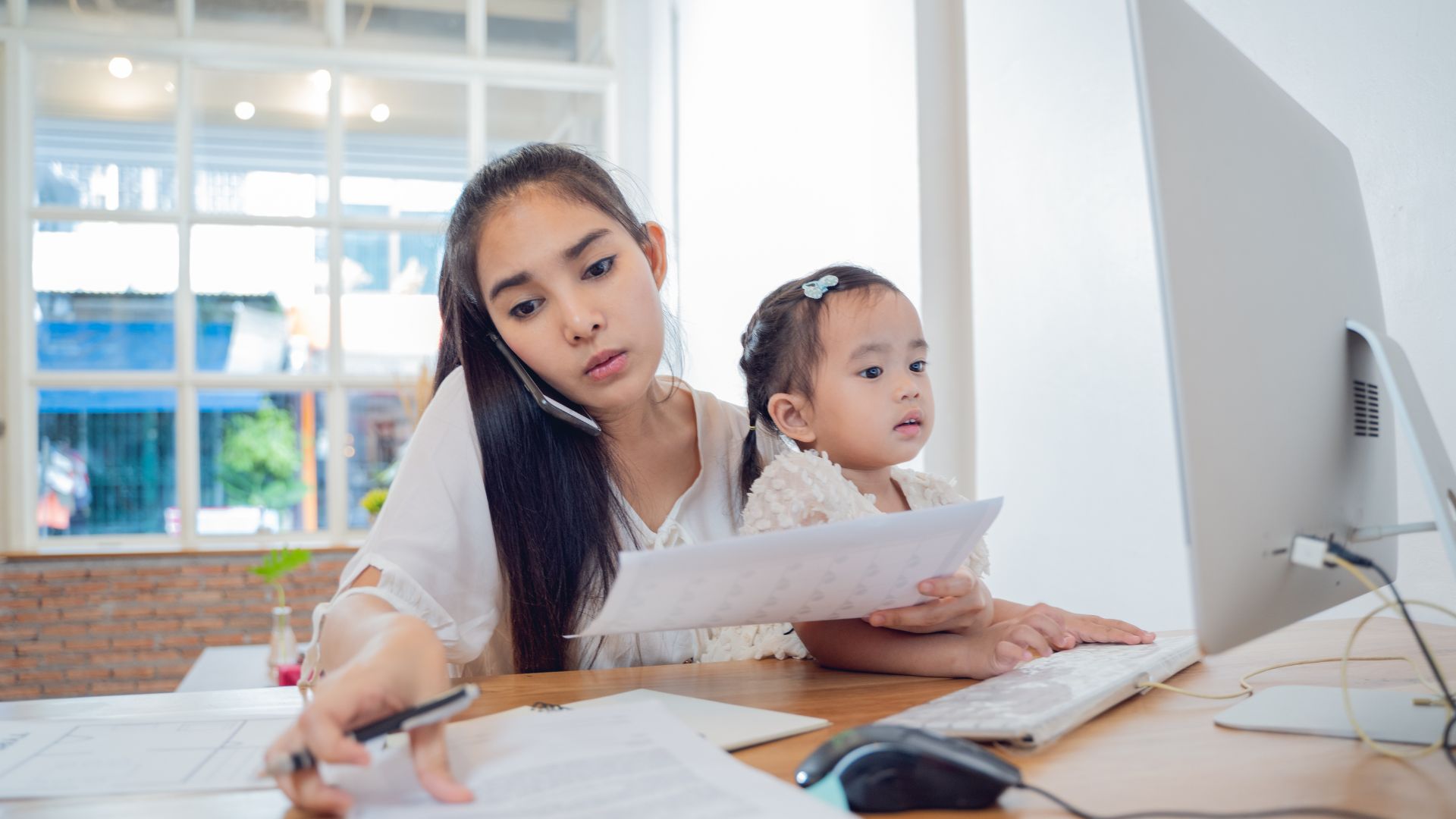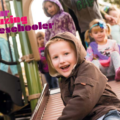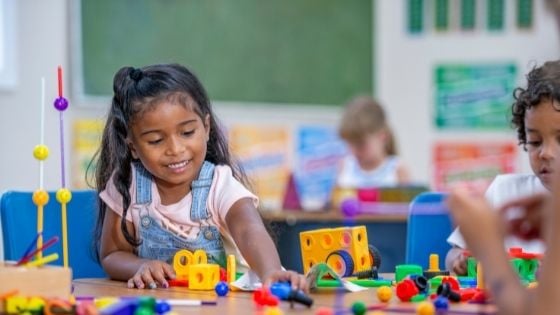Has bullying become our new normal? Many parents and educators have anecdotal evidence that bullying has been on the rise, and experts point to disturbing statistics: More than one out of every five students say they’ve been bullied, according to 2016 data from the National Center for Educational Statistics.
But here’s a ray of light: Five out of five students can become “upstanders,” kids who take action when they see bullying happening.
Most parents want to raise kids who would never, ever bully anyone. So they work to encourage empathy, impulse control, problem-solving and healthy friendships.
Kindness is an almost universal goal.
But with a bullying epidemic raging all around us, especially in our digital spaces, truly responsible parenting may require more. Experts say we need to raise a generation of kids who stop being “innocent bystanders” and instead become “upstanders.”
Coach them early
But how?
Julie Hertzog, director of PACER’s National Bullying Prevention Center based in Bloomington, said one of the key factors is timing.
She suggests having a conversation about bullying before it happens.
“Don’t wait until your child tells you about a bullying situation to talk to them about self-advocacy and advocacy for others,” she said. “Children need self-confidence and resilience to feel empowered to stand up for themselves. And those same skills help them look out for others. Be sure your child understands that it’s not OK to be silent or to look the other way when they see bullying.”
Can you coach your child to be an upstander?
Yes, says Patricia Agatston, who spoke at the World Anti-Bullying Forum, held earlier this year in Stockholm, Sweden.
Kids who learn to develop empathy and other social skills can often turn around tough situations, all by themselves, said Agatston, author of Cyberbulling in the Digital Age.
“It’s important to stress that intervention doesn’t have to be confrontational,” she said. “A lot of kids will say: ‘I’m not brave enough to stand up to this person.’ But what we know from the research is that kids who are targeted by bullying or cyberbullying say what helps them the most is just to have someone come up to them and say, ‘I’m sorry that happened,’ and listen to them.”
One study indicated that more than half of bullying situations — 57 percent — stop when a peer intervenes on behalf of the student being bullied. School-based bullying prevention programs, meanwhile, have been shown to decrease bullying by only 25 percent.
The power of theater
Jacie Knight, the founder and artistic director of Youth Performance Company in Minneapolis, spends most of her working days around young people.
In recent years, she’s noticed her young actors talking more and more about disturbing bullying situations.
“I want the world to be a kinder place, so it makes me so sad to see a growing tolerance for those who are behaving in ways that are incredibly cruel,” she said.
Hard times call for great art, so Knight decided to commission an original play with music, MEAN, which tells the story of three young people being bullied — a young woman teased because of her physical appearance, a youth harassed for his sexual orientation and a devout Muslim being ridiculed because of her faith.
MEAN incorporates elements of music to share a serious message about bullying.
The play incorporates social media, music and high-energy dance numbers to share a serious message: Bullying can stop, but only if we’re brave enough to step up and say “no.”
“When kids see something acted out by other young people just like them, it helps spark recognition in a way that’s uniquely powerful,” Knight said. “They feel they’re seeing their story, or the story of someone they know, and the empathy that can be built through that theatrical experience can be life-changing. Just seeing for yourself what it’s like for someone to go through a day being bullied, and to understand how that impacts someone’s life, can be a catalyst to open your heart and change the way you interact with others.”
Knight hopes the production will inspire young people to speak up when they witness bullying in their own lives.
“It’s our intention that audiences will be moved to self-reflection, conversation and maybe even a change of attitude,” Knight said. “I want everyone who attends a performance — school groups, families, kids and adults — to be able to look at their own behavior in light of what they experience during the show.”
Real-life stories
Rita Cannon, MEAN’s playwright, took an investigative approach when she began writing the show. She interviewed adults, teachers and young people about their experiences.
“Some of the most powerful scenes in the show, like when bullies force a girl to look in a mirror and say she’s ugly, came directly from those interviews,” said Cannon, a Minnesota native who currently lives in Los Angeles. “What you’re seeing on stage is a pretty accurate representation of the way that some kids treat each other. But, more importantly, some of the solutions that are presented — getting help from an upstander, changing schools or relying on family — are ones that really worked for the kids I interviewed.”
Katherine Fredrikson, 16, plays a plus-size girl being bullied over her looks in the current production of MEAN. The Robbinsdale resident is a junior at the Performing Institute of Minnesota Arts High School.
While she describes her current school environment as a “welcoming and accepting community,” her middle school years were challenging.
“Middle school is a time when kids react to what’s going on inside themselves by taking it out on each other,” she said. “Our school had all kinds of anti-bullying efforts going on, so kids were smart enough not to try obvious or violent things, since those were easy to spot. But kids being unkind or mean, like giggling at people or excluding them, was happening all the time.”
Fredrikson ate lunch all by herself during her entire sixth grade year. Her experience, while painful, has caused her to have a more empathetic perspective: “If I see anyone sitting alone, anywhere I am, I make it a point to join them. I know how it feels.”
Her advice for parents wanting to make sure they raise upstanders?
“Remind your children to be kind,” she said. “Encourage them to be forgiving, but to understand how to set boundaries, too.”
The rise of cyberbullying
While bullying has always been a sad fact of life for kids, it’s increasingly happening in on social media.
The percentage of individuals who have experienced cyberbullying has nearly doubled over the past decade, according to PACER.
“I’ve been doing this work for more than 10 years, and bullying has shifted from being a face-to-face, physical encounter to something that increasingly takes place online,” Hertzog said. “If someone is being bullied on a playground, that’s happening in public, where adults or other kids might be around to intervene. But a group chat that’s ‘invitation only’ takes place in secret, and that can be a very dangerous thing, because everything is happening silently.”
Before your child acquires access to social media, it’s important to talk about what’s appropriate, what’s not and how to respond if someone says something hurtful online.
“You need to determine your own family guidelines on how you’ll handle these situations,” Hertzog said. “It’s important to remind your kids that they don’t have to respond immediately, especially if they’re angry.”
In other words, the goal is to keep things from escalating, despite the immediacy of our mobile culture. Parent can discuss the long-term consequences of hurtful words, even those said in retaliation or in defense of a friend.
Say: “Are you sure you’d want others to see a screen shot of your angry response if it got out tomorrow?”
After all, no one wins when it comes to bullying — in person or online.
“They need help in understanding that you can’t control what is happening or what bullies are saying,” Hertzog said. “But you can control how you respond and what part you want to play.”
Julie Kendrick is a contributing writer for many local and national publications. She lives in Minneapolis. Follow her on Twitter @KendrickWorks.






















